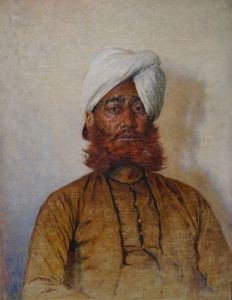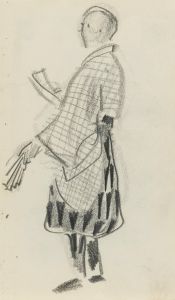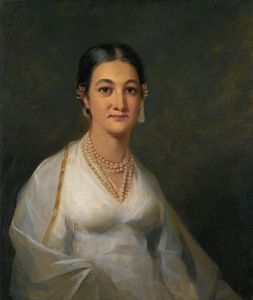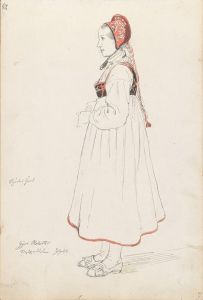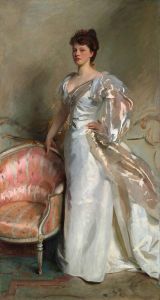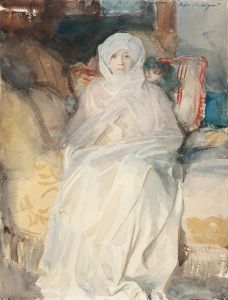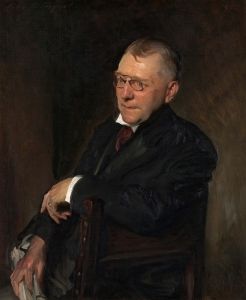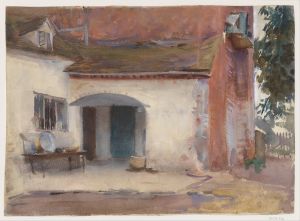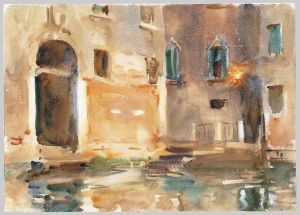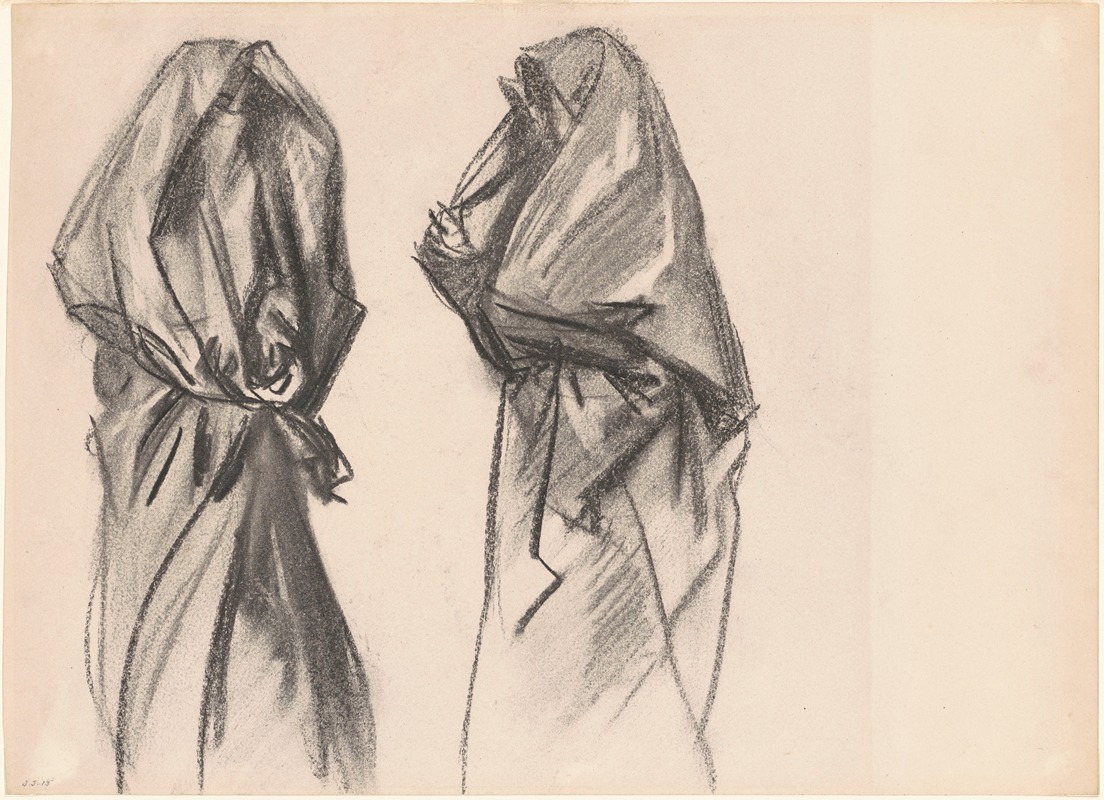
Bedouin Women
A hand-painted replica of John Singer Sargent’s masterpiece Bedouin Women, meticulously crafted by professional artists to capture the true essence of the original. Each piece is created with museum-quality canvas and rare mineral pigments, carefully painted by experienced artists with delicate brushstrokes and rich, layered colors to perfectly recreate the texture of the original artwork. Unlike machine-printed reproductions, this hand-painted version brings the painting to life, infused with the artist’s emotions and skill in every stroke. Whether for personal collection or home decoration, it instantly elevates the artistic atmosphere of any space.
"Bedouin Women" is a watercolor painting by the renowned American artist John Singer Sargent, created in 1905. Sargent, known for his exceptional portraiture and landscapes, was an artist who traveled extensively, drawing inspiration from diverse cultures and environments. This particular work is a testament to his interest in capturing the essence of different peoples and their ways of life.
The painting depicts Bedouin women, a subject that reflects Sargent's fascination with the Middle East and North Africa, regions he visited during his travels. The Bedouins are traditionally nomadic Arab tribes known for their rich cultural heritage and distinctive lifestyle, often associated with the deserts of the Arabian Peninsula, North Africa, and the Levant. Sargent's portrayal of these women offers a glimpse into their attire and demeanor, characterized by flowing garments and a sense of grace and dignity.
Sargent's use of watercolor in "Bedouin Women" is particularly noteworthy. Watercolor, a medium that requires precision and skill, allows for a certain fluidity and translucence that Sargent masterfully employs to capture the delicate interplay of light and shadow. The painting is marked by its vibrant yet subtle color palette, which brings to life the textures and patterns of the women's clothing and the surrounding environment. Sargent's brushwork is both loose and controlled, a technique that conveys the spontaneity of the scene while maintaining a high level of detail.
The composition of "Bedouin Women" is carefully balanced, with the figures arranged in a manner that guides the viewer's eye across the painting. Sargent's attention to detail is evident in the intricate patterns of the fabrics and the nuanced expressions of the women, which suggest a narrative beyond the visual. The painting does not merely document; it invites the viewer to ponder the lives and stories of its subjects.
Sargent's interest in the Bedouin people and their culture was part of a broader trend among Western artists and intellectuals of the time, often referred to as Orientalism. This movement was characterized by a fascination with the cultures of the East, though it has been critiqued for its romanticized and sometimes stereotypical portrayals. However, Sargent's work is often praised for its respectful and empathetic approach, focusing on the humanity and individuality of his subjects.
"Bedouin Women" is housed in the collection of the Brooklyn Museum in New York. It remains a significant example of Sargent's ability to transcend traditional portraiture, offering viewers a window into the diverse cultures he encountered. Through his art, Sargent not only documented the world around him but also celebrated the beauty and complexity of human life in its many forms.





